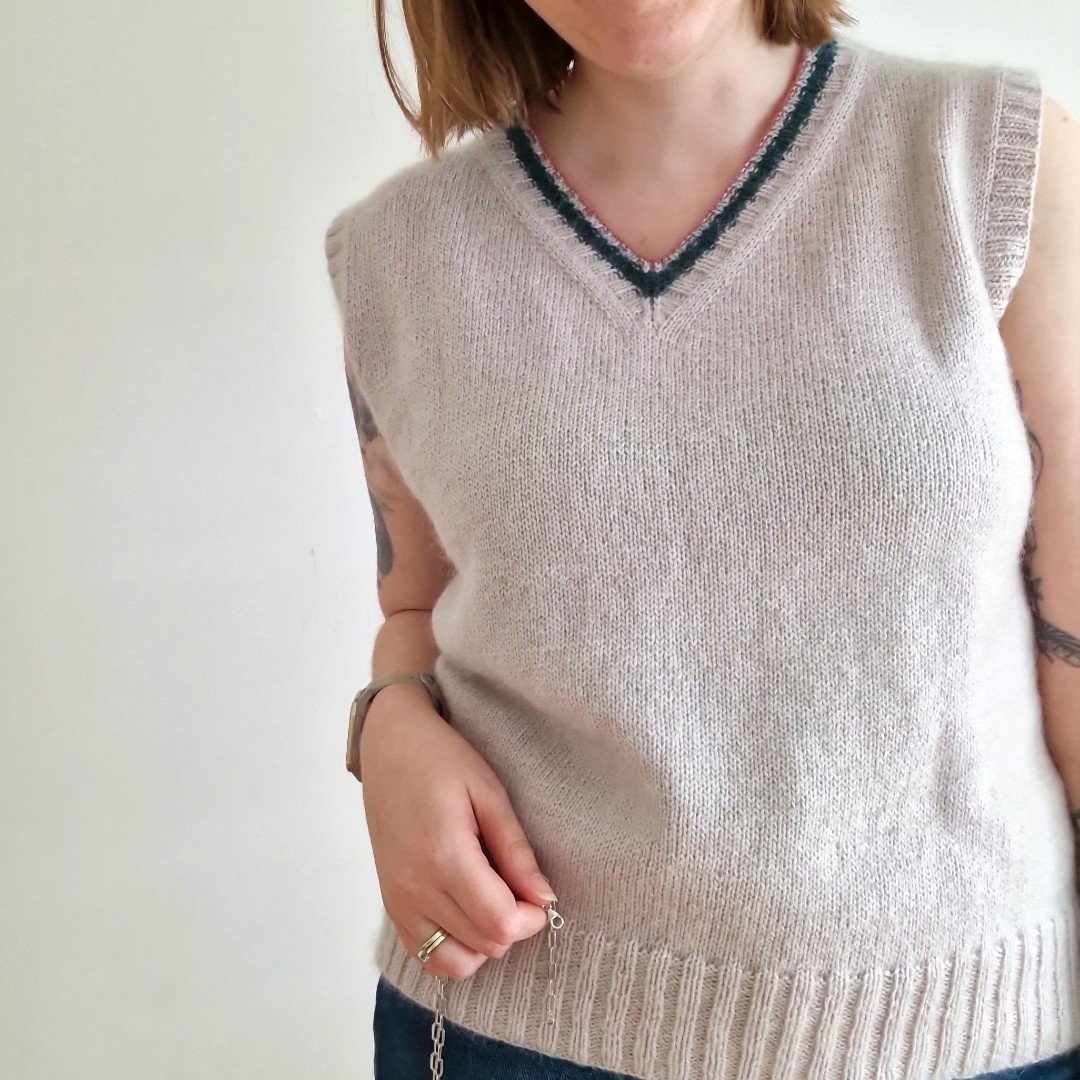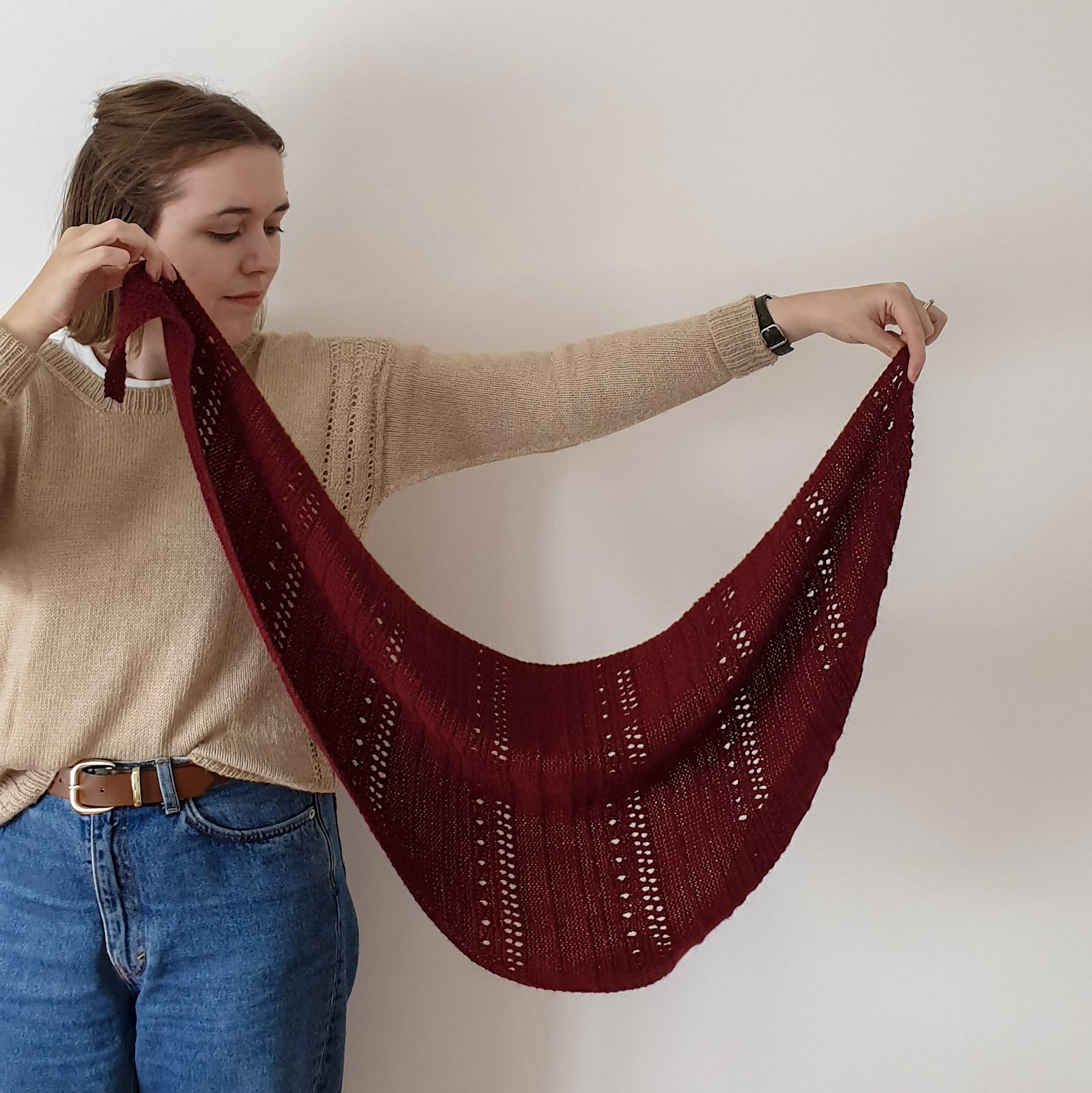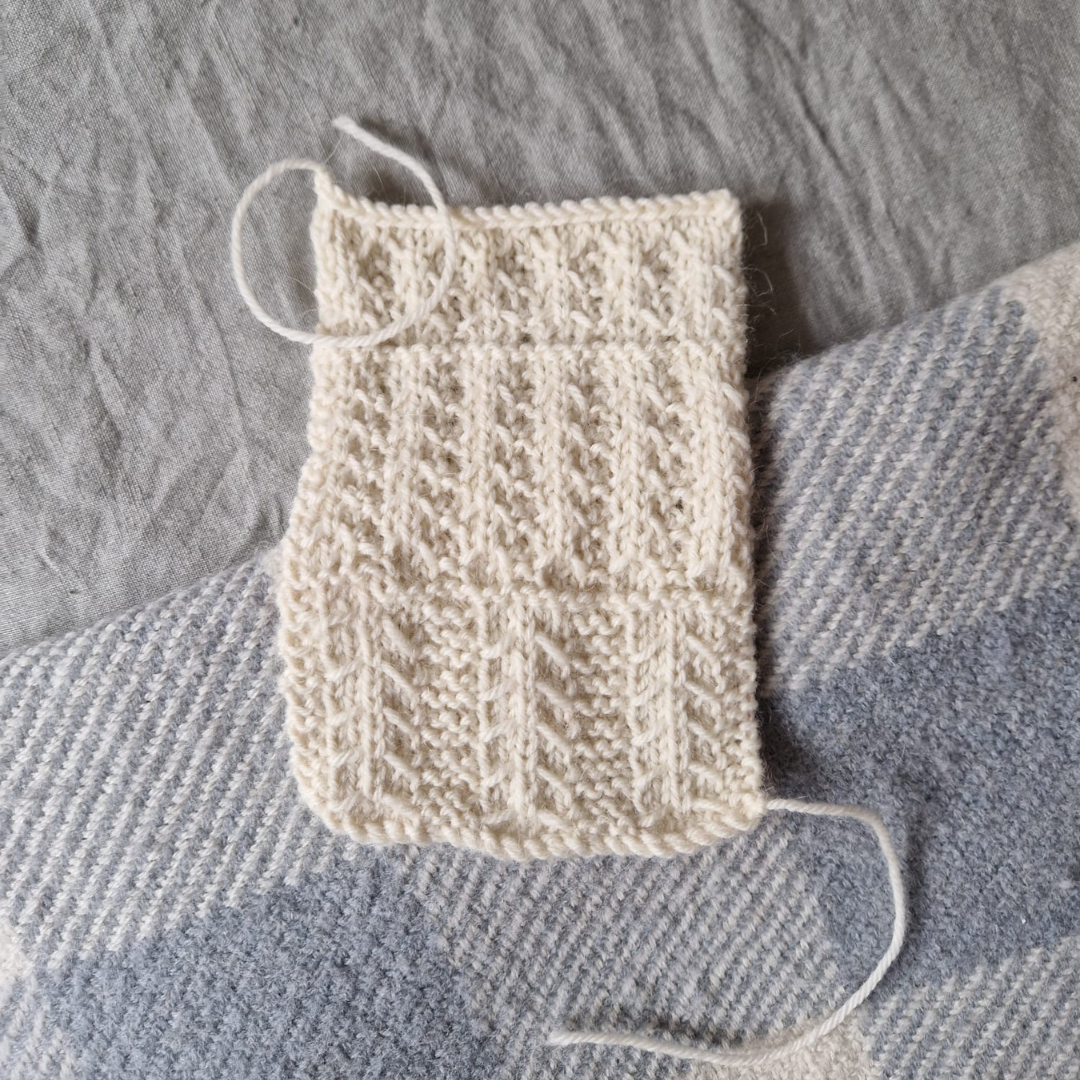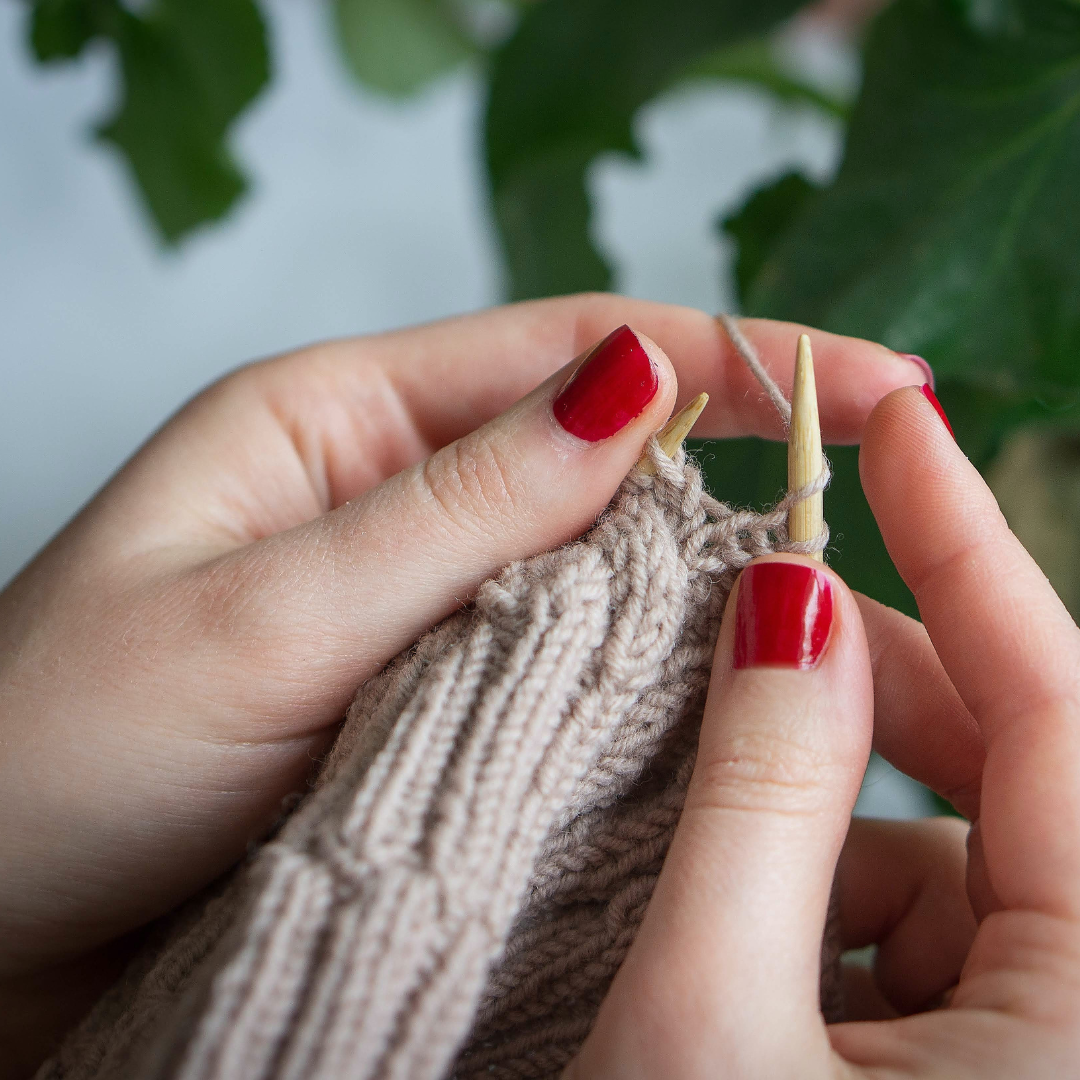How to Use a Newsletter to Promote Your Knitting Pattern Designs
As a new knitting pattern designer, you know how important it is to promote your designs to potential customers. Otherwise, how will they sell?
A really effective way to do this is by writing a weekly newsletter. But when you're starting out with your newsletter, it can be challenging to know what to write. What do your subscribers even want to read about?
I've been writing an (almost) weekly newsletter since the end of 2016, and over the years, I've developed some tried and tested themes that I often return to.
In this blog post, I will share them with you, as well as tips I've learned along the way to help you jumpstart your newsletter and spread the word about your designs!
Image description: an image of a woman writing a newsletter on her laptop. The text overlay says, How to Use a Newsletter to Promote Your Knitting Pattern Designs.
Get Your Knitting Patterns Noticed! Here's How to Use a Newsletter for Promotion
Why do knitting pattern designers need newsletters?
Newsletters are an essential part of every knitting pattern designer's marketing strategy because they belong to you. Unlike social media, you can take your subscribers with you, even if you were to move to a different email service provider.
And once you have your subscribers' email addresses, you can contact them directly without any pesky algorithms affecting your reach!
Newsletters offer a more personal connection with potential customers, allowing designers to share stories and behind-the-scenes insights into the design process. Through regular updates and creative content, your subscribers can get excited about your work, whether it's a new pattern you are designing or spotlighting some of your best-selling designs.
Additionally, newsletters are a great way to collect customer feedback and information, allowing designers to understand their customers' needs and preferences better. And do you know what that leads to? Better sales and more repeat customers.
A survey conducted by SaleCycle showed that 59% of people are influenced by marketing emails when making purchase decisions, and over 50% buy from marketing emails at least once a month. From my own experience, email has consistently outperformed social media for pattern sales, even when I was very active over there.
Image description: woman typing a newsletter on her laptop at a cafe. The text says, How to Use a Newsletter to Promote Your Knitting Pattern Designs
What makes a good newsletter?
As you likely have experienced in your own inbox, newsletters vary enormously from image-heavy promotional emails to short text-based emails that could have come from a friend. The approach you take should be based on what you think your customers will respond best to, as well as what comes more naturally to you.
That being said, there are a few key elements that go into making a successful newsletter that I will share below:
An intriguing subject line that will encourage subscribers to open the email.
A short opening that hooks the reader and makes them want to keep reading.
Some form of helpful or entertaining content, whether it's tutorials, tips, behind-the-scenes peeks or pattern highlights - you don’t always have to be selling!
A single call-to-action that encourages readers to take the next step, whether it’s buying a pattern, signing up for a KAL, visiting your website, or even just sharing your content with others.
And, of course, remember to show your personality and enthusiasm in your writing. Doing this will create more meaningful connections with your readers, and your newsletter will soon become something they look forward to every week!
How to Make Sure Your Subscribers Read Your Newsletter
When you're spending all this time crafting thoughtful and engaging emails for your subscribers, how can you ensure that they are actually reading them? According to SaleCycle, 17% of emails in the crafts industry are deleted without even being read!
The key here is to make it easy for your subscribers. Don't include too much information in your emails - it can be overwhelming to take in. Instead, stick to a single topic for each email so that it's easier for the reader to focus.
Rather than having a massive wall of text in your emails, break them down into paragraphs of no more than three lines. Some of my newsletter's paragraphs are only one sentence! It may not be grammatically correct in the traditional sense, but it is easier to read in an email.
Every line in your email should be written to encourage the reader to keep reading the following line and stay engaged until the very end. For that reason, it can be helpful to stick to shorter, snappier emails that don't require much attention to read.
What Should You Write About?
I've been writing my own newsletter for several years now, so I understand how difficult it can be to figure out what to write. You don't have to be fancy, though - your newsletter is an excellent opportunity to simply share your story!
Image description: woman is sat at her laptop writing in a notebook.
Here are some topic ideas to get you started:
How did you start designing knitting patterns?
How do you come up with your design ideas?
Why did you decide to start designing knitting patterns?
How long did this design project take you from concept through to completion?
What does your design process look like?
What is your favourite yarn and why?
How do you organise your projects?
What are your plans for your design business?
Share your initial swatch and sketch alongside the finished design
What is your favourite thing about knitting?
What is the most frustrating thing about knitting?
Your favourite knitting techniques
Why you chose to use a particular technique in your pattern
Styling ideas for your designs
Entertaining or interesting snippets from your daily life
For example, let's say you are about to release a new sweater pattern. You could use your newsletter to announce the launch and share behind-the-scenes stories about the design process. You could even include sneak previews of the pattern ahead of release and provide discounts to subscribers who order right away.
Conclusion: How to Use a Newsletter to Promote Your Knitting Pattern Designs
Creating a newsletter is one of the most powerful things you can do to grow your knitting pattern business. You have the unique opportunity to share stories, build relationships, and sell more knitting patterns than you imagined.
Take the leap and start creating your own newsletter today - you never know who it could reach!
What types of newsletters do you like to get from designers?























